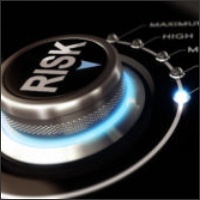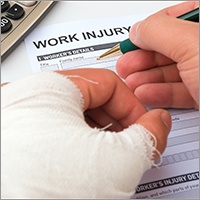Safety First: Discover Why Plastic Doctor Blades Are Preferred over Steel
Christine Duggan2024-07-09T15:45:17-04:00Everyone knows that plastic doctor blades are safer than steel. But why exactly is plastic a safer option?The answer lies in the fundamental differences between the two [...]


